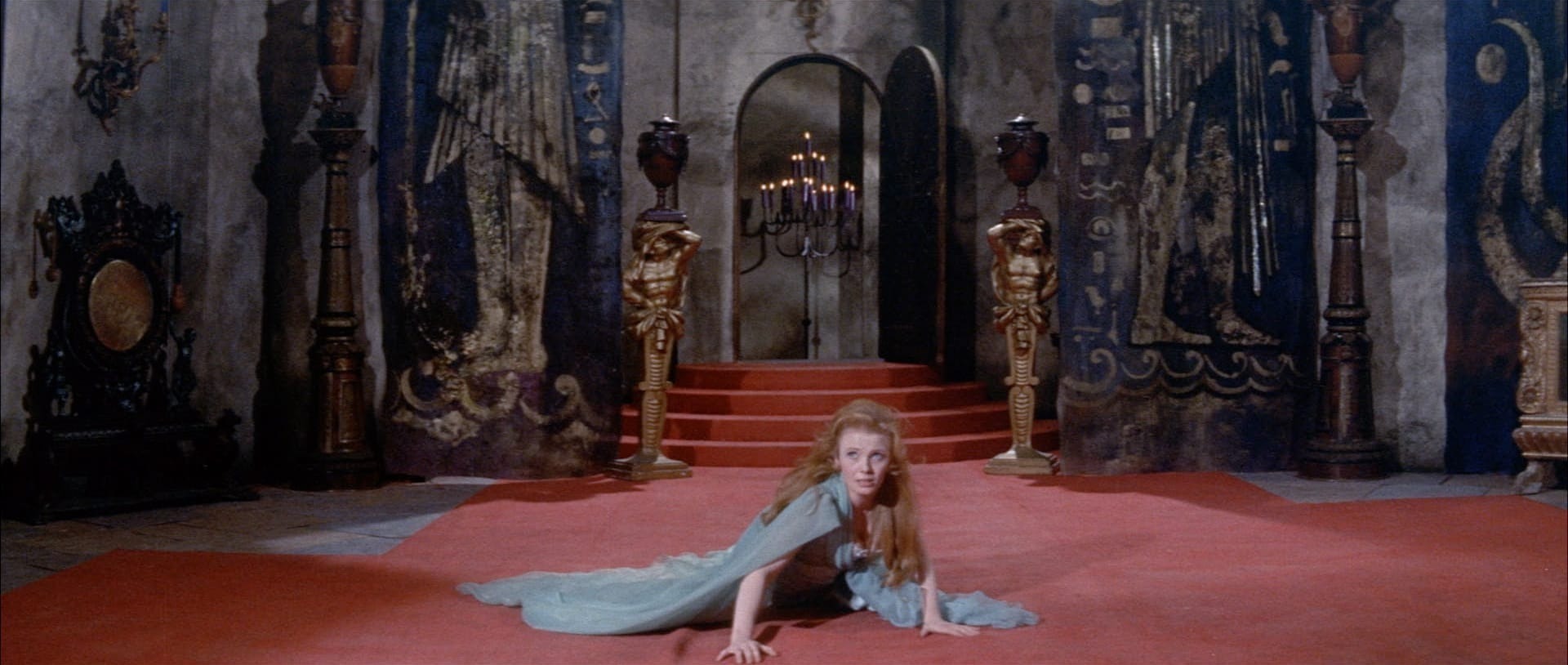“The House Is the Monster”: Roger Corman’s Poe Cycle

“The House Is the Monster”: Roger Corman’s Poe Cycle
Between 1960 and 1964, Roger Corman directed eight films loosely derived from Edgar Allan Poe and in all but one case starring Vincent Price: House of Usher (1960) was followed by The Pit and the Pendulum (1961); the omnibus feature Tales of Terror (1962); The Premature Burial (1962), with Ray Milland in the leading role; the visually inventive comedy The Raven (1963); The Haunted Palace (1963), named after a Poe poem but based on H. P. Lovecraft’s The Case of Charles Dexter Ward; and the two final films, The Masque of the Red Death (1964) and The Tomb of Ligeia (1964), both made in England. There doesn’t seem to have been any grand plan in view from the outset; if House of Usher had not been so immensely successful, one wonders how many, if any, of its successors would have come to be. Yet they form a body of work not only deeply coherent but uniquely inspired.
In retrospect they seem to have been made in response to an aesthetic impulse as irresistible as the ghostly or mesmeric commands to which their protagonists are often subject. Corman drew on the gifts of many collaborators—cinematographers Floyd Crosby (for the first six), Nicolas Roeg, and Arthur Grant; writers Richard Matheson, Charles Beaumont, and Robert Towne; composer Les Baxter; and above all production designer Daniel Haller—but the films have a quality of singularly focused intent that sets them apart as an oeuvre within an oeuvre in Corman’s abundant filmography. Each viewer will have favorites—if I had to choose three, they would be House of Usher, The Haunted Palace, and The Tomb of Ligeia—but the films can be approached as a single project, its various parts engaged in conversation with one another.
When launched by American International, the Poe films were marketed energetically to the teen audience. Vincent Price even pops up at the end of AI’s Beach Party (1963), to help promote the impending release of The Haunted Palace. I recall a double bill that paired an item from the Avalon/Funicello beach cycle with one from the Corman/Poe cycle—The Pit and the Pendulum, as it happened—a program like a day at a seaside amusement park, with a stretch of sunbathing followed by the spooky chills of the fun house. But The Pit and the Pendulum turned out to be more like a journey into everything that Beach Party and its ilk repressed, offering a brew of sudden death, funerary crypts, childhood trauma, paternal sadism, and a grand bloody finale featuring an array of medieval torture implements. The fun had edges and could stir up lingering disturbances.





